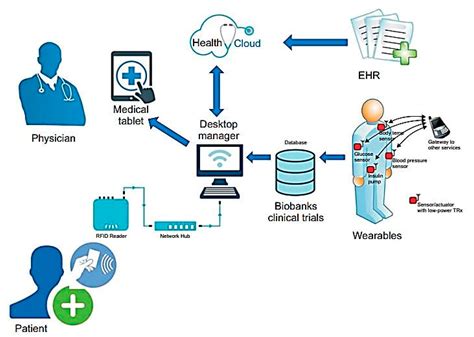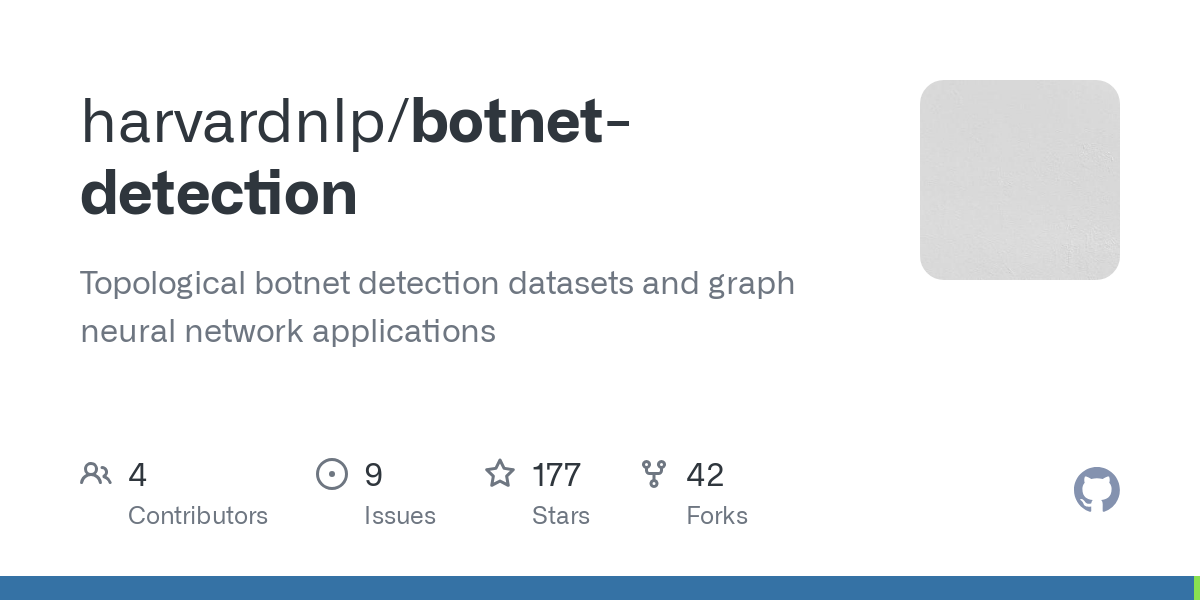5 Ways IoT Transforms Healthcare

The Internet of Things (IoT) has been transforming various industries, and healthcare is no exception. The integration of IoT in healthcare has led to improved patient outcomes, enhanced patient experience, and increased efficiency in clinical operations. Here are five ways IoT is transforming the healthcare industry:
1. Remote Patient Monitoring
IoT-enabled devices have made it possible to monitor patients remotely, reducing the need for hospitalizations and clinic visits. These devices can track vital signs, such as heart rate, blood pressure, and oxygen levels, and send the data to healthcare providers in real-time. This allows for early intervention and prevention of complications, improving patient outcomes and reducing healthcare costs. For example, IoT-enabled pacemakers can detect irregular heartbeats and send alerts to healthcare providers, enabling them to take prompt action.
2. Smart Medical Devices
IoT has enabled the development of smart medical devices that can collect and transmit data in real-time. These devices can be used to track patient progress, monitor treatment efficacy, and identify potential side effects. For instance, smart insulin pumps can monitor blood glucose levels and adjust insulin dosages accordingly, reducing the risk of hypoglycemia and hyperglycemia. Additionally, IoT-enabled defibrillators can detect cardiac arrest and automatically alert emergency services, improving response times and saving lives.
3. Personalized Medicine
IoT has enabled the development of personalized medicine, where treatment plans are tailored to individual patients based on their genetic profiles, medical histories, and lifestyle data. IoT devices can collect data on patient behavior, such as physical activity levels, diet, and sleep patterns, and use this data to create personalized treatment plans. For example, IoT-enabled fitness trackers can monitor physical activity levels and provide personalized recommendations for exercise and nutrition, helping patients manage chronic conditions such as diabetes and heart disease.
4. Predictive Analytics
IoT has enabled the development of predictive analytics in healthcare, where data is used to predict patient outcomes and identify high-risk patients. IoT devices can collect data on patient behavior, medical history, and genetic profiles, and use this data to predict the likelihood of disease progression or treatment response. For instance, IoT-enabled electronic health records (EHRs) can analyze patient data and identify high-risk patients, enabling healthcare providers to take proactive measures to prevent complications and improve patient outcomes.
5. Telemedicine
IoT has enabled the development of telemedicine, where patients can receive medical consultations and treatment remotely. IoT devices can facilitate video consultations, remote monitoring, and data exchange between patients and healthcare providers. For example, IoT-enabled telemedicine platforms can connect patients with healthcare providers in real-time, enabling remote consultations and reducing the need for hospital visits. Additionally, IoT-enabled remote monitoring devices can track patient vital signs and send alerts to healthcare providers, enabling early intervention and prevention of complications.
In conclusion, IoT is transforming the healthcare industry in various ways, from remote patient monitoring to predictive analytics. By leveraging IoT-enabled devices and data analytics, healthcare providers can improve patient outcomes, enhance patient experience, and increase efficiency in clinical operations. As the healthcare industry continues to evolve, it is essential to stay up-to-date with the latest advancements in IoT and explore new ways to leverage this technology to improve patient care.
What are the benefits of using IoT in healthcare?
+The benefits of using IoT in healthcare include improved patient outcomes, enhanced patient experience, and increased efficiency in clinical operations. IoT-enabled devices can collect and transmit data in real-time, enabling early intervention and prevention of complications.
How can IoT-enabled devices improve patient outcomes?
+IoT-enabled devices can improve patient outcomes by monitoring vital signs, tracking patient progress, and identifying potential side effects. These devices can also facilitate remote consultations and enable early intervention and prevention of complications.
What are the challenges associated with IoT adoption in healthcare?
+The challenges associated with IoT adoption in healthcare include data security, interoperability, and regulatory compliance. It is essential to address these challenges to ensure the safe and effective use of IoT in healthcare.
As the healthcare industry continues to evolve, it is essential to explore new ways to leverage IoT technology to improve patient care. By addressing the challenges associated with IoT adoption and staying up-to-date with the latest advancements in IoT, healthcare providers can unlock the full potential of this technology and revolutionize the way healthcare is delivered.



